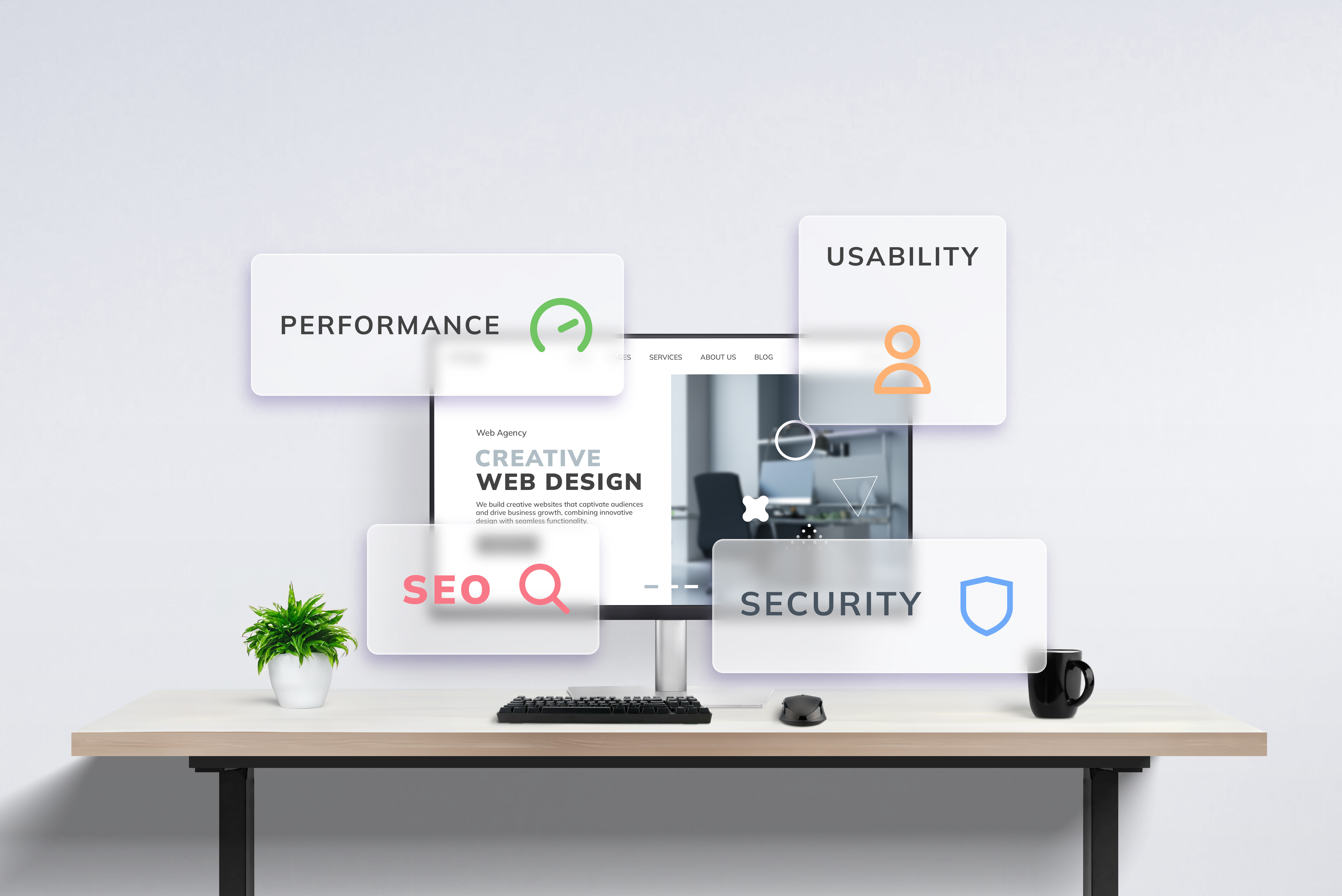Crafting a WCAG-Compliant Website: A Step-by-Step Guide
Most websites miss the mark on accessibility without even realizing it. If your site isn’t WCAG compliant, you could be turning away customers or facing legal risks. This step-by-step guide breaks down how to build a website that meets web accessibility standards and welcomes everyone. Ready to make your online presence truly inclusive? Let’s get started.
Understanding WCAG Compliance

Creating a web presence that works for everyone starts with understanding WCAG compliance. These standards help ensure your site is usable by all, including those with disabilities.
Key Principles of Accessible Web Design
Accessible web design is built on a few essential principles. Perceivability means everyone should be able to understand your content. Using clear text and alternative text for images helps achieve this. Operability focuses on ensuring everyone can navigate your site, which might involve using keyboard shortcuts or voice commands. Understandability emphasizes clear and simple language, making your site easy to read and understand. Lastly, Robustness ensures your website works well across different technologies and browsers. By addressing these principles, you create a user-friendly and inclusive web experience.
Importance of Web Accessibility Standards
Web accessibility standards are not just about compliance; they’re about inclusivity. By following these guidelines, you ensure everyone can access your content. This expands your audience and helps avoid potential legal issues. According to a study, over 61 million adults in the United States live with a disability. By making your site accessible, you reach this significant audience segment. Embracing these standards not only fosters inclusivity but also enhances your brand’s reputation as a socially responsible entity.
Steps to Build Inclusive Websites

Building an inclusive website involves a few key steps. Let’s explore how you can assess and enhance your site’s accessibility features.
Assessing Current Accessibility Status
Before diving into changes, you need to assess your current status. Start by checking your site against basic accessibility standards. Tools like WAVE or Lighthouse can help identify issues. Evaluate your text size, color contrast, and navigation structure. For a deeper dive, consider hiring an expert for an accessibility audit. Their expertise can uncover issues you might miss. As you evaluate, ask yourself: Is your content accessible to everyone? If not, note areas that need improvement. This foundational step sets the stage for effective enhancements.
Implementing WCAG Guidelines
Once you know where to improve, it’s time to implement WCAG guidelines. Begin with the most critical changes. Adjust text for readability and ensure adequate color contrast. Introduce alternative text for all images. For navigation, make sure your site can be used with a keyboard alone. Consider adding features like captions for videos. These adjustments don’t just improve accessibility but also enhance overall user experience. If you’re unsure where to start, this guide offers detailed instructions to help you along the way.
Ensuring Digital Accessibility

Digital accessibility isn’t a one-time fix but an ongoing commitment. Let’s discuss testing and maintaining your site’s accessibility over time.
Testing Your Website for Accessibility
Testing is a crucial step in ensuring ongoing accessibility. Use automated tools to regularly check your site for new issues. Pair these with manual checks to ensure all interactive elements are usable. Invite people with disabilities to test your site. Their feedback is invaluable for catching real-world issues. Remember, the goal is to create a seamless and inclusive experience. By regularly testing, you stay ahead of potential problems and continuously improve your site’s usability.
Ongoing Maintenance and Updates
Maintaining accessibility requires regular updates. Each time you add new content or features, check for accessibility. Keep abreast of new standards and technologies that can aid your efforts. Set up a schedule for regular reviews and updates. This proactive approach ensures your site remains inclusive over time. The longer you wait, the harder it is to catch up. By committing to ongoing maintenance, you’re not just complying with standards but also showing your dedication to inclusivity. For more insights, visit this resource.
By following these steps, you’re not only meeting WCAG standards but also creating a welcoming space for all users. Your efforts in digital accessibility can set your brand apart as a leader in inclusion.


0 Comments